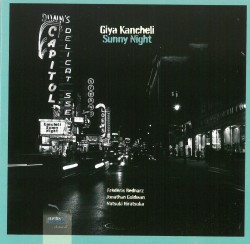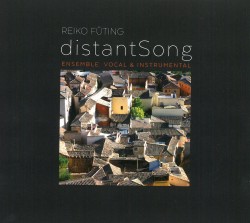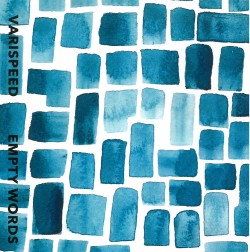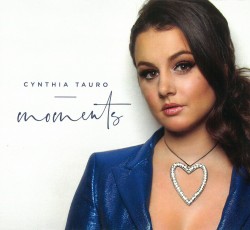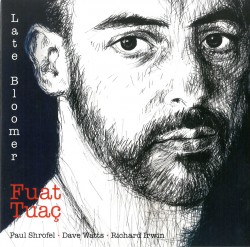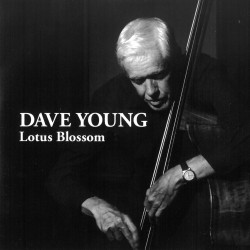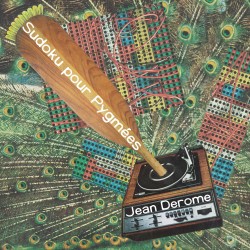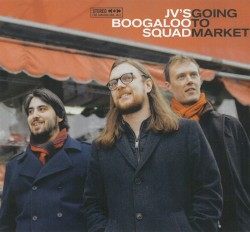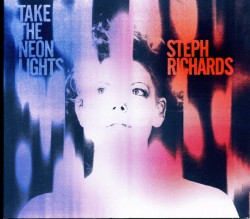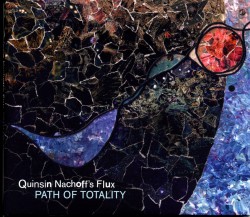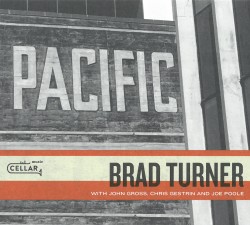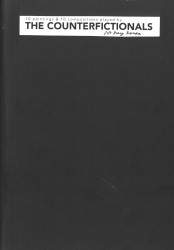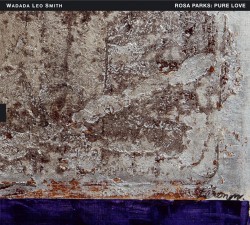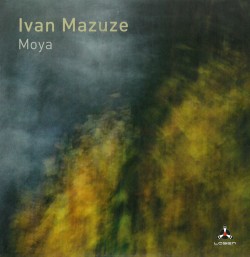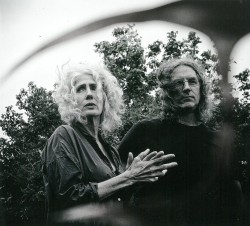Samuel Andreyev: Music with no Edges - HANATSUmiroir
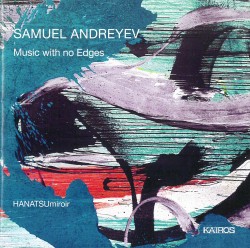 Samuel Andreyev – Music with no Edges
Samuel Andreyev – Music with no Edges
HANATSUmiroir
Kairos 0015025KAI (kairos-music.com)
Before you even read the booklet notes that speak of a late work of Marcel Duchamp in relation to Samuel Andreyev’s sublime modernist composition, you realize – in the rhythm and stroke of reeds, strings and percussion – that the Canadian composer now living in France is a visualist musician. It is clear from the very first few bars of Vérifications (2012). Then rifling through the booklet as you might be tempted to do, the discovery of his scores reveals more of his method. Of the three scores depicted, only one is on staved paper; another is on a black sheet and the third is on graph paper. The notes are meticulously written, ramrod straight. But clearly Andreyev does not mean for them to sound that way.
This is, after all, Music with no Edges. Fingertips holding bows and mallets are meant to be extensions of paint brushes, perhaps just as pursed lips on piccolos and other reeds become extensions of musicians painting with sound, rather than engaging in some aural activity. So, for instance, on Cinq pièces, Stopping, Passages and, indeed Music with no Edges, and the final Strasbourg Quartet, the steady drip, drip, drip of sound as if wet from a paint brush seems to fall from the ensemble HANATSUmiroir onto blank canvases creating vivid pictures of sound emboldened with emotion. Andreyev seems to write not only with a pencil but with his nerve endings as well.


